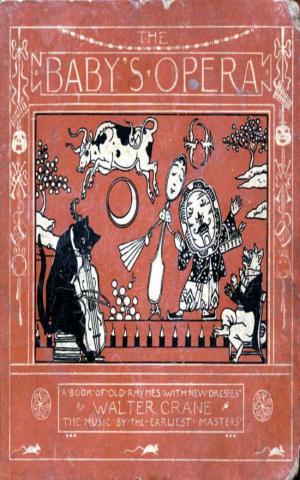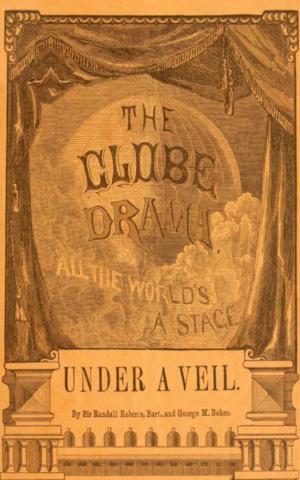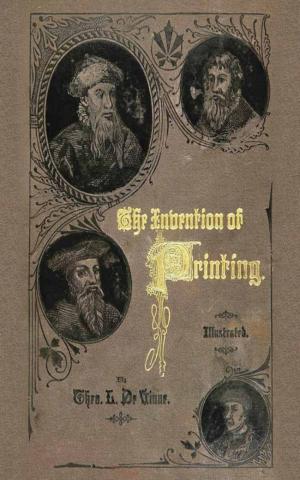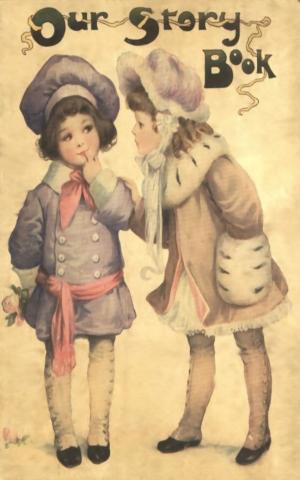| Author: | George Griffin Griffin Lewis | ISBN: | 9783736420397 |
| Publisher: | anboco | Publication: | June 18, 2017 |
| Imprint: | Language: | English |
| Author: | George Griffin Griffin Lewis |
| ISBN: | 9783736420397 |
| Publisher: | anboco |
| Publication: | June 18, 2017 |
| Imprint: | |
| Language: | English |
Just when the art of weaving originated is an uncertainty, but there seems to be a consensus of opinion among archæologists in general that it was in existence earlier than the 24th century before Christ. The first people which we have been able with certainty to associate with this art were the ancient Egyptians. Monuments of ancient Egypt and of Mesopotamia bear witness that the products of the hand loom date a considerable time prior to 2400 B.C., and on the tombs of Beni-Hassan are depicted women weaving rugs on looms very much like those of the Orient at the present time. From ancient literature we learn that the palaces of the Pharaohs were ornamented with rugs; that the tomb of Cyrus, founder of the ancient Persian monarchy, was covered with a Babylonian carpet and that Cleopatra was carried into the presence of Cæsar wrapped in a rug of the finest texture. Ovid vividly described the weaver's loom. In Homer's Iliad we find these words: "Thus as he spoke he led them in and placed on couches spread with purple carpets o'er." The woman in the Proverbs of Solomon said, "I have woven my bed with cords, I have [Pg. 18] covered it with painted tapestry from Egypt." Job said: "My days are swifter than the weaver's shuttle and are spent without hope." Other places in the Bible where reference is made to the art of weaving are, Ex. 33, 35, Sam. 17, 7, and Isa. 38, 12. Besides Biblical writers, Plautus, Scipio, Horace, Pliny and Josephus all speak of rugs. The Egyptian carpets were not made of the same material and weave as are the so-called Oriental rugs of to-day. The pile surface was not made by tying small tufts of wool upon the warp thread. The Chinese seem to have been the first to have made rugs in this way. Persia acquired the art from Babylon many centuries before Christ, since which time she has held the foremost place as a rug weaving nation.
Just when the art of weaving originated is an uncertainty, but there seems to be a consensus of opinion among archæologists in general that it was in existence earlier than the 24th century before Christ. The first people which we have been able with certainty to associate with this art were the ancient Egyptians. Monuments of ancient Egypt and of Mesopotamia bear witness that the products of the hand loom date a considerable time prior to 2400 B.C., and on the tombs of Beni-Hassan are depicted women weaving rugs on looms very much like those of the Orient at the present time. From ancient literature we learn that the palaces of the Pharaohs were ornamented with rugs; that the tomb of Cyrus, founder of the ancient Persian monarchy, was covered with a Babylonian carpet and that Cleopatra was carried into the presence of Cæsar wrapped in a rug of the finest texture. Ovid vividly described the weaver's loom. In Homer's Iliad we find these words: "Thus as he spoke he led them in and placed on couches spread with purple carpets o'er." The woman in the Proverbs of Solomon said, "I have woven my bed with cords, I have [Pg. 18] covered it with painted tapestry from Egypt." Job said: "My days are swifter than the weaver's shuttle and are spent without hope." Other places in the Bible where reference is made to the art of weaving are, Ex. 33, 35, Sam. 17, 7, and Isa. 38, 12. Besides Biblical writers, Plautus, Scipio, Horace, Pliny and Josephus all speak of rugs. The Egyptian carpets were not made of the same material and weave as are the so-called Oriental rugs of to-day. The pile surface was not made by tying small tufts of wool upon the warp thread. The Chinese seem to have been the first to have made rugs in this way. Persia acquired the art from Babylon many centuries before Christ, since which time she has held the foremost place as a rug weaving nation.















